Development
is Transformation Integration Automation Good
Ricodifichiamo e automatizziamo i processi aziendali per valorizzare la risorsa più preziosa. L'essere umano!
Meno errori, più efficienza, più valore
Sviluppiamo soluzioni software che si integrano perfettamente con gli ecosistemi esistenti, per affiancare le aziende nel percorso di trasformazione digitale e automatizzare i processi ripetitivi e a basso valore aggiunto. In Goodcode, lo sviluppo software diventa un mezzo per dare valore all’attività umana e individuare nuove opportunità.
Key facts and Partnership
Dal 2016 affianchiamo le aziende nel processo di trasformazione digitale, proponendo un approccio allo sviluppo non invasivo, che tutela gli ecosistemi pre-esistenti.
Dal 2023 grazie all’acquisizione di Snippet 4.0 Sagl, consociata di DOS Group SA, e del suo pacchetto clienti, siamo in grado di offrire un’ampia gamma di servizi, che allo sviluppo di app e software combina competenze negli ambiti: AI, VR, machine learning, cybersecurity, Web3 e integrazione di sistemi.
Le nostre sfide
I nostri successi








